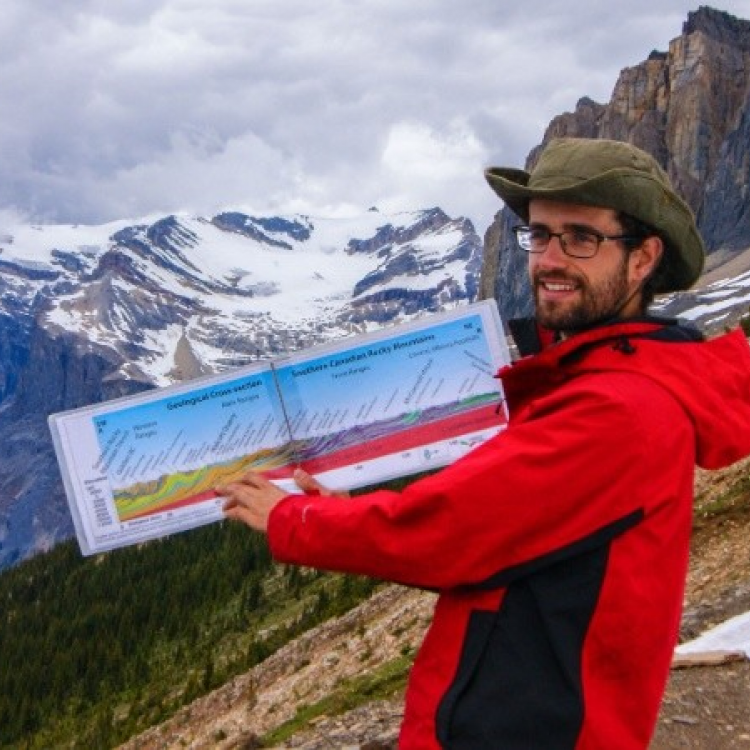Date
Date and Time
October 23, 2020 12:00 PM (PDT)–01:00 PM (PDT)
Abstract
Many Geothermal plants have operated safely since the beginning of the last century with no subsurface problems, providing heat and power. Nevertheless, induced seismicity risk is one of the concerns when developing (enhanced) geothermal systems. Pore pressure and temperature will change in the geothermal reservoir during geothermal operations, resulting in stress change in the area within the reservoir and within the surrounding area. The stress changes can sometimes induce fault slip, micro seismicity, and occasionally larger scale induced seismicity (greater than magnitude 2.0). A better understanding of the risk is required during the early planning phase for geothermal projects to facilitate the implementation and growth of this renewable energy source.
The goal of this research study is to investigate induced seismicity mechanisms due to geothermal operations and to develop a tool to evaluate the induced seismicity risk. In our research we collected data from several geothermal operations worldwide and have studied the experiences and observations of seismic events. We then established a risk assessment tool for induced seismicity risk based on operational, geological and geomechanical reservoir parameters.
This tool can be used for screening purposes without detailed reservoir simulation which requires a significant amount of data collection, preparation, modeling and effort. At the initial operational planning stage this tool will help to provide guidance and recommendations based on best practice experience. By identifying high risk parameters it can guide for proper planning in siting, operations, and data collection to reduce induced seismicity risk and uncertainty.
Speakers
Session Code
EPF06P
Session Name
Geomechanics in Geothermal







































































































































































































































